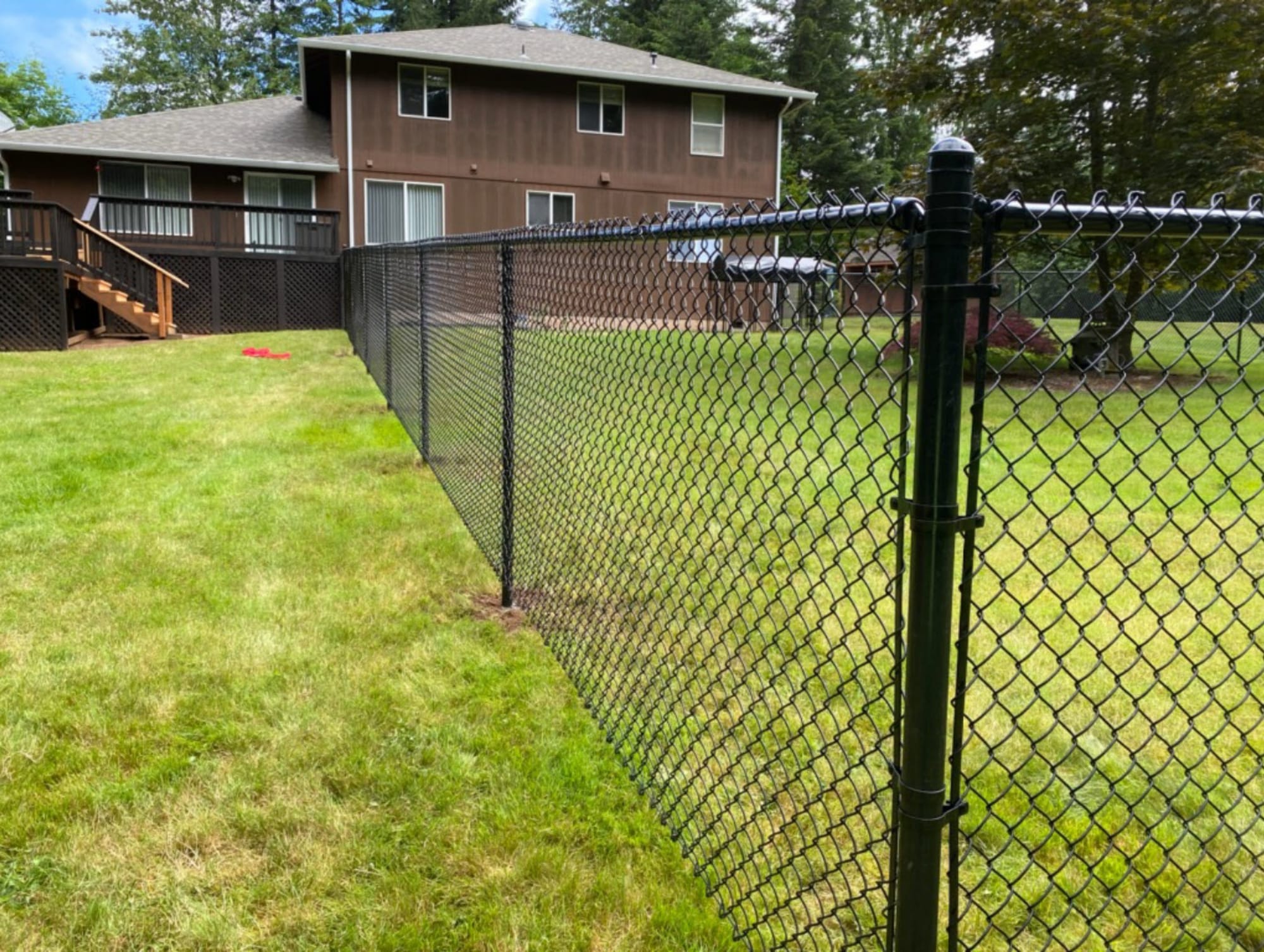All Categories
Featured

Choosing the right fence product is important for achieving the equilibrium of toughness, appearances, and capability that suits your home. Wood, plastic, and light weight aluminum are popular options, each with one-of-a-kind attributes that deal with particular demands. Right here's an in-depth appearance at the benefits and downsides of these three products.
Wood Fencing. Pros:. Classic Charm: Timber offers a natural, timeless appearance that enhances various building designs. Customizable: It can be repainted or tarnished in a variety of shades and styles. Inexpensive: Timber fencings are usually cheaper in advance than plastic or aluminum. Eco-Friendly: As a renewable resource, wood is naturally degradable and sustainable when sourced properly. Cons:. Maintenance-Intensive: Requires normal discoloration, painting, or securing to safeguard against weather and pests. Shorter Life-span: Relying on the type of wood and environment, it typically lasts 10-15 years. Susceptability to Damage: Prone to rotting, warping, and termite damages without appropriate treatment. Wood is suitable for homeowners who value appearances and want to spend effort and time in upkeep to lengthen its life.
Plastic Fence. Pros:. Long lasting: Resistant to pests, rot, and weather, vinyl maintains its framework in extreme problems. Reduced Upkeep: Requires little maintenance beyond occasional cleaning. Long Life expectancy: Plastic can last 20-30 years without substantial wear or damage. Flexible Designs: Offered in different shades, structures, and designs, including alternatives that mimic timber. Disadvantages:. Expensive Installation: Vinyl fences are more pricey to mount compared to wood. Breakable in Cold Climate: Plastic can fracture in severe cold climates. Tough to Repair work: If damaged, whole areas may require substitute, which can be testing to match. Plastic fencing is a great selection for those focusing on longevity and very little maintenance, even if it features a higher upfront cost.

Aluminum Fence. Pros:. Rust-Resistant: Light weight aluminum does not rust, making it perfect for humid or damp locations. Strong however light-weight: Deals stamina without being excessively hefty, which streamlines installation. Reduced Upkeep: Requires little greater than cleaning and occasional repainting. Longevity: Aluminum fencings can last for years without considerable degeneration. Classy Designs: Commonly utilized for decorative objectives, light weight aluminum includes class to any kind of residential or commercial property. Disadvantages:. High Initial Price: Light weight aluminum fencings are among the extra pricey choices. Limited Personal privacy: Commonly developed with open areas, they do not obstruct sights or noise. Prone to Damages: While durable, aluminum can be dented or bent with hefty influence. Light weight aluminum is finest fit for those who desire a durable, trendy fencing and don't call for total personal privacy.
Making the Right Selection. Each product has its staminas and weaknesses:

Wood is excellent for typical aesthetic appeals and eco-conscious buyers that don't mind upkeep. Vinyl benefits property owners seeking a weather-resistant, low-maintenance service. Light weight aluminum is a sturdy, attractive option for those that desire elegance and long life. Consider your priorities-- whether it's price, look, personal privacy, or maintenance-- and seek advice from a fence expert to choose the product that best fulfills your requirements. A well-selected fence will certainly enhance your residential or commercial property for several years to come.
Latest Posts
Excellent Eats with a Coast Ambiance at Deauville Inn
Published Apr 19, 25
1 min read
Change Your Home with Quality Floor Covering Solutions
Published Apr 19, 25
1 min read
Enjoy Summer Season at The Docks
Published Apr 18, 25
1 min read